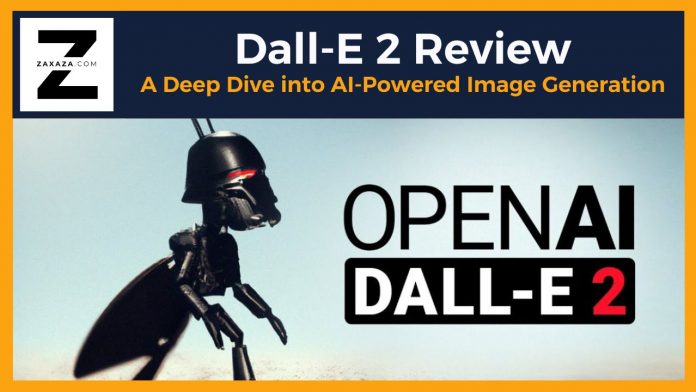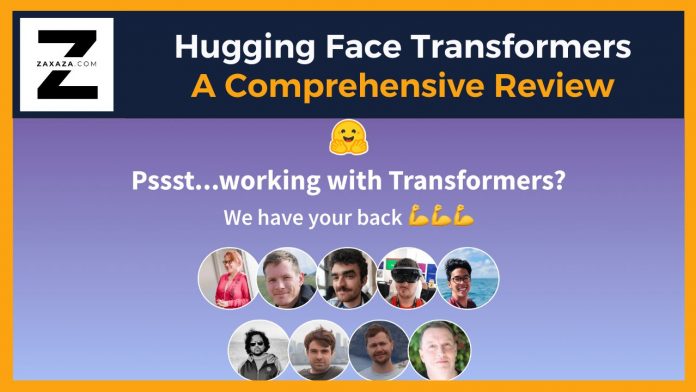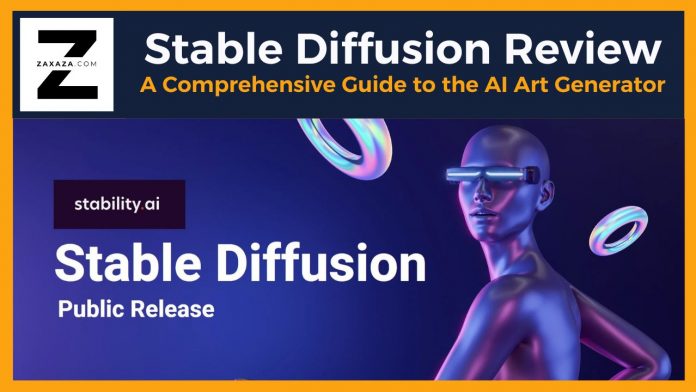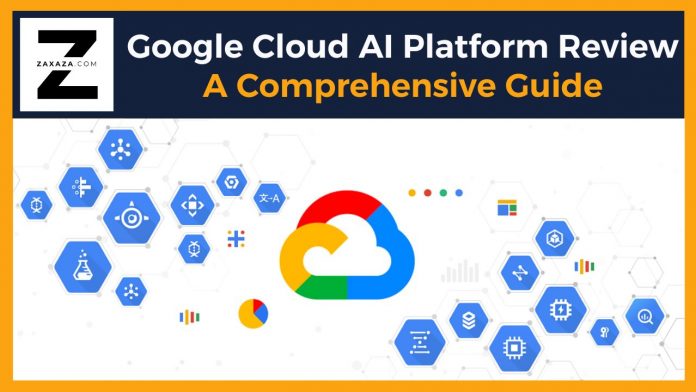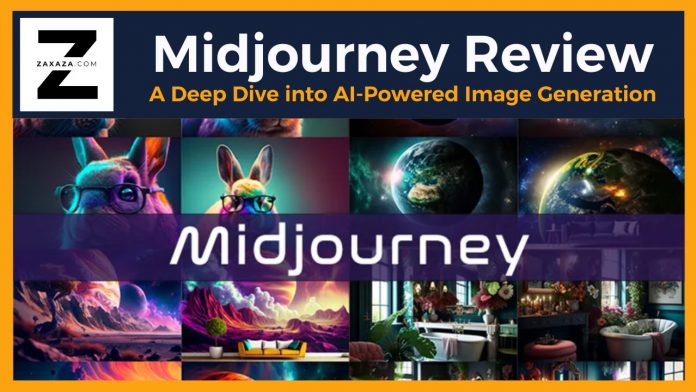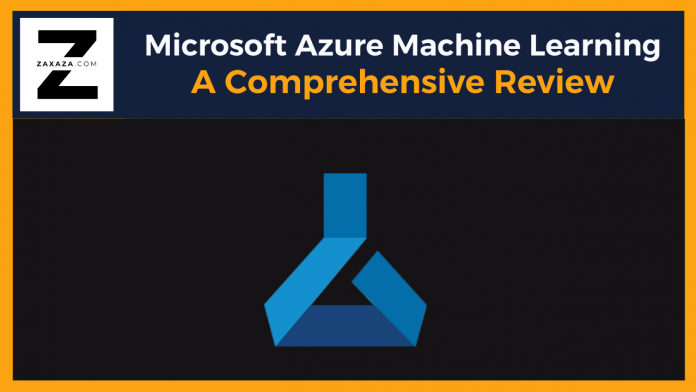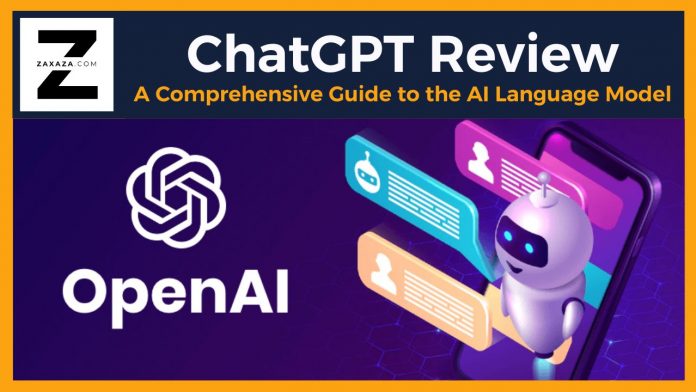Dall-E 2, a groundbreaking AI model developed by OpenAI, has revolutionized the field of image generation. With its ability to create realistic and imaginative images based on text descriptions, Dall-E 2 has captured the attention of artists, designers, and enthusiasts alike. In this comprehensive review, we'll explore the capabilities, limitations, and potential applications of this remarkable technology.
Understanding Dall-E 2
Dall-E 2 is a generative model trained on a massive dataset of text-image pairs. It uses a technique called diffusion, which involves starting with random noise and gradually refining it into an image that matches the given text prompt. This process allows Dall-E 2 to generate a wide range of images, from photorealistic depictions to abstract artwork.
Key Capabilities
- Text-to-Image Generation: Dall-E 2 can create high-quality images based on detailed text descriptions, even if the concepts are complex or unusual.
- Style Transfer: The model can apply the style of a famous artist or a particular art movement to its generated images.
- Image Editing: Dall-E 2 can modify existing images by adding, removing, or changing elements.
- Image Variations: Given a single image, the model can generate variations of it with different attributes or perspectives.
Limitations
While Dall-E 2 is a remarkable tool, it has some limitations:
- Bias: The model can reflect biases present in the training data, leading to the generation of images that perpetuate stereotypes or discrimination.
- Creativity: While Dall-E 2 can generate impressive images, it may lack the same level of creativity and originality as a human artist.
- Ethical Considerations: The potential for misuse of Dall-E 2, such as creating deepfakes or harmful content, raises important ethical questions.
Applications
Dall-E 2 has a wide range of potential applications:
- Art and Design: Artists and designers can use Dall-E 2 to explore new creative possibilities and generate unique artwork.
- Product Development: Companies can use the model to visualize product concepts and prototypes.
- Education: Dall-E 2 can be used to create educational materials, such as illustrations and diagrams.
- Entertainment: The model can be used to generate concept art for movies, games, and other forms of entertainment.
Conclusion
Dall-E 2 is a powerful tool that has the potential to transform the way we create and interact with images. While it has limitations, its capabilities are impressive, and its applications are vast. As the technology continues to evolve, we can expect to see even more innovative and exciting uses for Dall-E 2 in the future.

